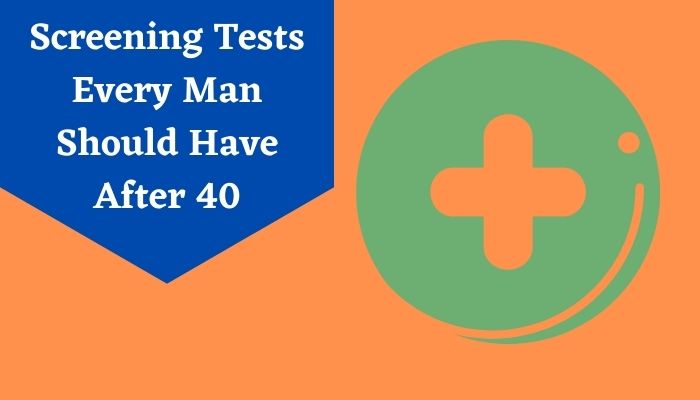What is Angiogram?
Angiography is a test that employs X-ray imaging to examine the blood arteries in your heart. The test is usually performed to determine if there is a blockage in blood flow to the heart. Angiograms are a type of procedure that falls under the category of heart (cardiac) catheterizations. Cardiac catheterization can be used to diagnose and treat a variety of heart and blood vascular problems. The most common type of cardiac catheterization technique is angiography, which can be used to diagnose heart abnormalities.During angiography, a dye that can be seen on an X-ray machine is injected into your heart's blood channels. The X-ray machine produces a sequence of images (angiograms) that show your blood vessels in quick succession. During your angiography, your doctor might open clogged heart arteries (angioplasty) if necessary.
Why angiogram is done?
Chest pain, heart attack, stroke, and other disorders can develop when blood arteries are obstructed, damaged, or aberrant in any manner. Angiography aids your doctor in determining the source of the problem as well as the level of damage to the blood vessel segments under examination.Risks
A coronary angiography, like most operations involving your heart and blood vessels, carries some risks, such as radiation exposure from the X-rays used. However, major difficulties are uncommon. The following are some of the potential risks and complications:- Heart attack
- Stroke
- Injury to the catheterized artery
- Irregular heart rhythms (arrhythmias)
- Allergic reactions to the dye or medications used during the procedure
- Kidney damage
- Excessive bleeding
- Infection
Preparing for an angiography
Before an angiography test, doctors commonly utilize an MRI or a CT scan to try to diagnose heart abnormalities. Eight hours before the angiography, don't eat or drink anything. Make arrangements for someone to drive you home. Because you may feel dizzy or light-headed for the first 24 hours after your cardiac angiography, you should have someone remain with you the night after your test. In most circumstances, you'll be asked to check into the hospital the morning of the test and then check out later that day.You'll be required to sign consent documents and wear a hospital gown when you arrive at the hospital. The nurses will assess your blood pressure, start an intravenous line, and check your blood sugar if you have diabetes. A blood test and an electrocardiogram may also be required. If you're allergic to seafood, have had a poor response to contrast dye in the past, are taking sildenafil (Viagra), or think you're pregnant, tell your doctor.
Angiogram procedure
The majority of diagnostic angiogram procedures are performed as outpatient procedures. That implies you'll be in and out of the hospital in a single day. A nurse will take your medical history and you will change into a hospital gown before the operation. The nurse will insert an IV cannula and, if necessary, shave both sides of your groin and wrist in preparation for the treatment. You'll lie on a dedicated table in the cath lab once you've arrived. During the test, a cardiac monitor will record your heartbeat. An antiseptic wash is applied to the skin on your wrist and both sides of your groin, and you are wrapped in sterile drapes.The doctor numbs the area by injecting a small amount of local anesthetic around the access site (wrist or groin), then inserts a small catheter into the blood vessel through the skin. The doctor monitors the catheter's progress on a television monitor using dynamic x-rays. Because there aren't enough nerves in the blood arteries, you won't be able to feel the catheter when it passes through the heart. A little amount of contrast (x-ray sensitive dye) is administered into the catheter after it is in position. As the contrast passes through the blood vessels, more dynamic x-rays are taken. As the contrast is administered, you may get a warm flush or tingling sensation. The angiography takes about 40 minutes to complete.
Complications of Angiogram
The following are some of the potential complications of a coronary angiogram:- Hives and itching skin are symptoms of an adverse reaction to the contrast dye.
- Bleeding from the wound.
- Heart arrhythmia.
- Heart attack.
- Stroke
After Angiogram
- Blood pressure, pulse, breathing, and wound site are all examined and recorded on a regular basis.
- Intravenous fluids may be administered for a brief period of time, but you will be encouraged to eat and drink as soon as you feel able.
- After four hours, you may be allowed to sit up.
- You may be released to return home up to six hours after your recovery.
- If you are not currently on a cholesterol-lowering diet, you will be advised to do so.
- The cardiologist who performed the operation will give you the preliminary results. You may need to schedule a follow-up appointment with a cardiologist to discuss your treatment options further.


